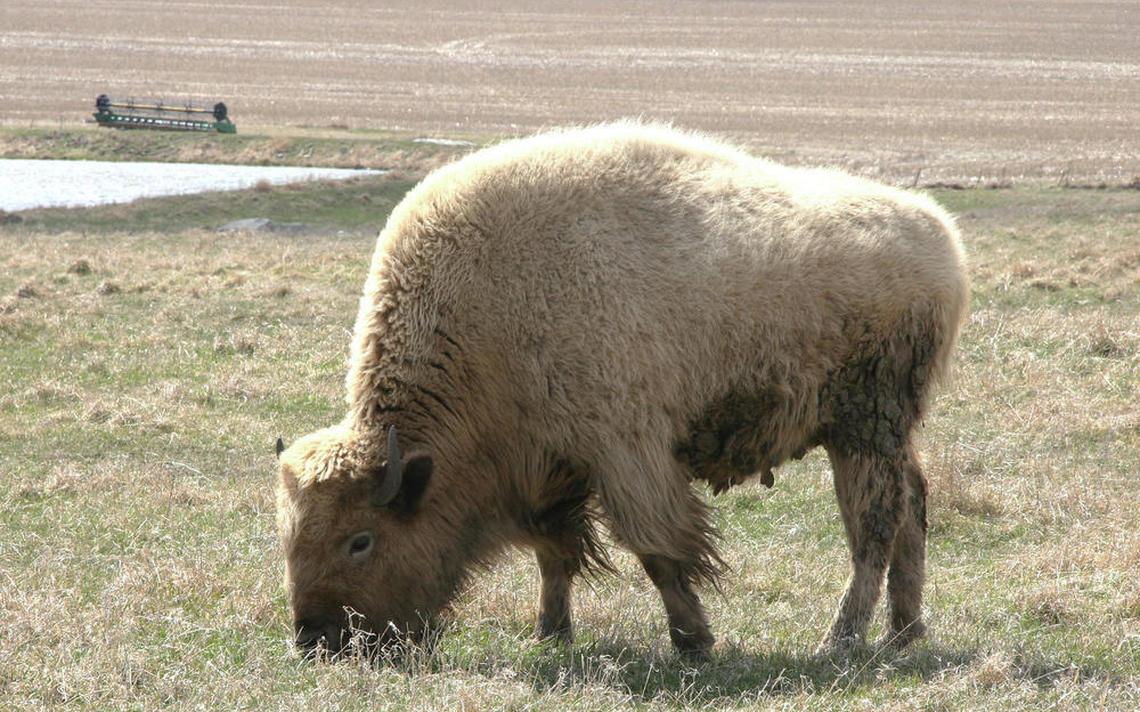AKWESASNE – Yet another one of the vaunted 1000 Islands on the St. Lawrence River has been put up for sale. According to published reports, Sheep Island has now been made available on the Canadian real estate market. Other islands have been claimed by the United States government on behalf of the “Mohawk people”. Ownership of the islands has never been ceded, according to Akwesasne residents.
The Sheep Island property listing, for $650,000 (U.S. dollars), was ridiculed in the media as being located in a “smuggler’s alley” east of Cornwall, Ontario. Nevertheless, the principle of land ownership allowing such a sale remains highly controversial in Haudenosaunee communities.
As recently as June 2011, representatives of the United States government testified that the U.S. was holding title on several islands on behalf of Onkwehon:we. In a hearing before U.S. Magistrate George Lowe on the subject of land claims in New York State, James Cooney of the U.S. Department of Justice asserted the underlying title to Barnhart, Baxter and Long Sault Islands was held by the U.S.
The sworn statement by Cooney irritated New York State representatives at the proceeding. New York State Assistant Attorney General, David Roberts denied the validity of the federal position regarding the islands.
The position that the U.S. provided in their argument derived from a European view of sovereign discovery. The control of the 1000 Islands was held by Britain when New York State was formed. This factor led to New York losing a pre-emptive right to acquire the scattered island holdings that most American colonies lost when the U.S. Constitution was adopted. Instead, the islands were transferred to the U.S. directly in language contained within the Treaty of Ghent in 1814.
Some Longhouse researchers, such as Rarihokwats point to earlier histories pertaining to this matter. The presence of French traders, priests and soldiers on the St. Lawrence River in one sense supports the U.S. position of sovereign discovery. The Longhouse scholars point out though that the French never claimed these islands as their own, leaving the original title undisturbed. This continues to this day, even if France was eventually overcome by Britain in North America wars.
Akwesasne Men’s Council Wolf Clan representative Rarahkwisere summarized the Longhouse position.,“As Kanienkehaka people, we have free usage of the river. That is why Akwesasne was an important Iroquois castle (village). It was because it was at the intersection of three rivers. These islands are part of the river. We never gave them away, to anyone. Not ever to Denmark, France, Britain, or any of the American colonies,” the Wolf Clan representative stated.
Conditions along the St. Lawrence River have dominated mainstream and Indian relations since the early trading days. From the near-extinction of beavers to the industrial pollution of the twentieth century, Onkwehon:we populations have often been left reeling in their aftermath.
Recently, the Canadian government committed over $90 million dollars (Canadian) to high tech surveillance of the St. Lawrence River in a bid to contain contraband tobacco importation from Akwesasne. The integrated technologies of radar, sonar, thermal and unmanned sensors are intended to cut off the river described as a North American Ho Chi Minh Trail for smugglers. Pending Canadian legislative efforts are aimed at increasing untaxed tobacco prosecution penalties.
The time may be right for an assertion of Onkwehon:we land and water rights, according to some activists in Akwesasne and Kahnawake. In 1970, Stanley Island and Loon Island were reclaimed by activists, described in some newspaper reports as the Warrior Society. Some current Akwesasne residents scoff at the leasing of Stanley Island guest cabins to non-natives in the aftermath of the takeover. They say a new campaign of reclamation effort is due.








Comments are closed.